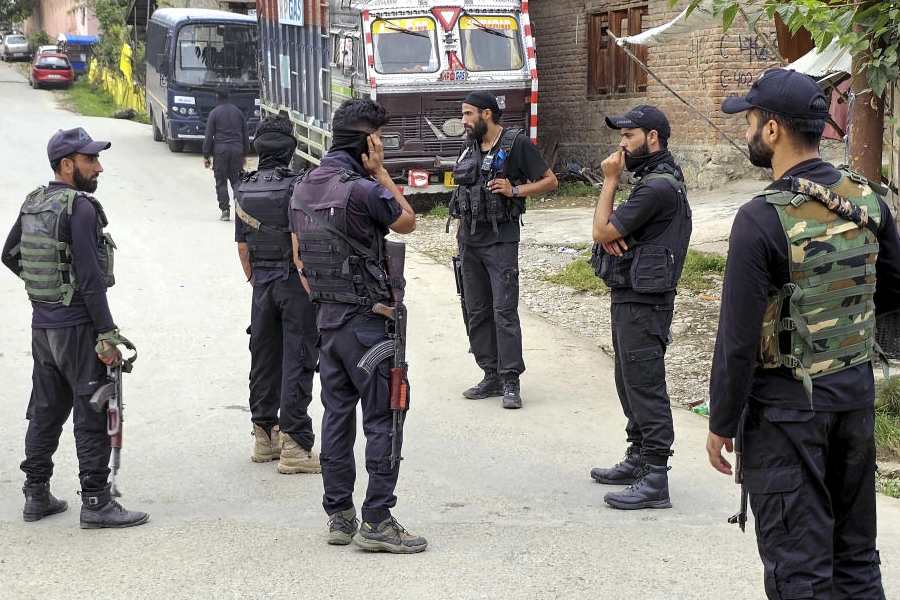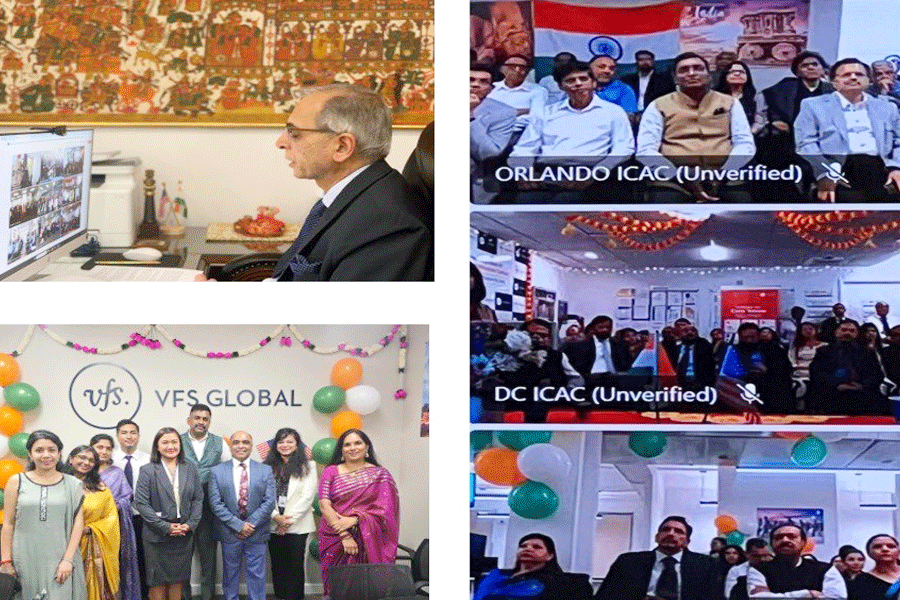 |
| A patient lies on the floor of Patna Medical College and Hospital’s Hathua ward. Picture by Ashok Sinha |
Count your lucky stars if you need to get a patient admitted to any government medical hospital in the city.
The city’s two government medical colleges — Patna Medical College and Hospital (PMCH) and Nalanda Medical College and Hospital (NMCH) — have 1,675 and 750 beds respectively, which are grossly inadequate to meet the demand for beds.
The third option, Indira Gandhi Institute of Medical Sciences (IGIMS), an autonomous institute, with both superspeciality and broad speciality departments has 476 beds.
PMCH doctor Rajiv Ranjan, who is also the Bihar chapter president of the Indian Medical Association (IMA), said: “When PMCH was opened in 1925 with around 500 beds, Patna’s population was around one lakh. Now, it has soared to around 20 lakh. But in all these years, only a few hundred beds have been added to the hospital. While the patient inflow to PMCH has increased 10 times, not even 10 per cent beds have been added.”
Elaborating the seriousness of the situation, Dr Ranjan said: “Patients are forced to wait for days to get admitted while others are treated lying on mattresses on the floor of the hospital wards. We have to take admission on the floor itself as we are short of space. The situation is more worrisome in departments such as gynaecology, medicine, surgery and orthopaedics. The situation is particularly alarming in the orthopaedic department as the number of patients is huge owing to the increase in the number of road accident and violence cases.”
Another PMCH doctor said: “At PMCH, the medicine ward faces a tough situation. Sometimes, around 25 per cent patients have to be put on the floor in different wards.” The same goes for the department of burns and plastic surgery.
Dr V.P. Choudhury, the head of the burns and plastic surgery department, said: “Though the number of patients has increased 10 times, the number of beds remains what it was 30 years ago. There is a severe shortage of special burns recovery beds. The burns ward with 52 beds is usually full. About 50-60 patients are always admitted to the ward. Again, seven to 10 patients are admitted daily in emergency ward. When the beds are full, patients are kept on the floor, a big no-no for burns patients, as it is considered an acute emergency ward. The entire ward looks like a dharamshala (rest house). We even have to refuse admission to patients.”
Similar is the situation in NMCH. When contacted, Dr A.K. Thakur, head of the paediatrics department, said: “The emergency ward also suffers from severe space crunch. Sometimes, we are forced not to admit patients who come to the hospital, particularly in summer, when cases are high owing to the heat wave across the state.”
An IGIMS doctor, said: “We cannot admit everyone who comes for admission owing to shortage of beds. Lack of beds often delays surgeries.”
On a probable solution, another doctor said: “Whenever patient inflow to a particular department increases, they should be transferred to other government hospitals with lower bed occupancy.”










